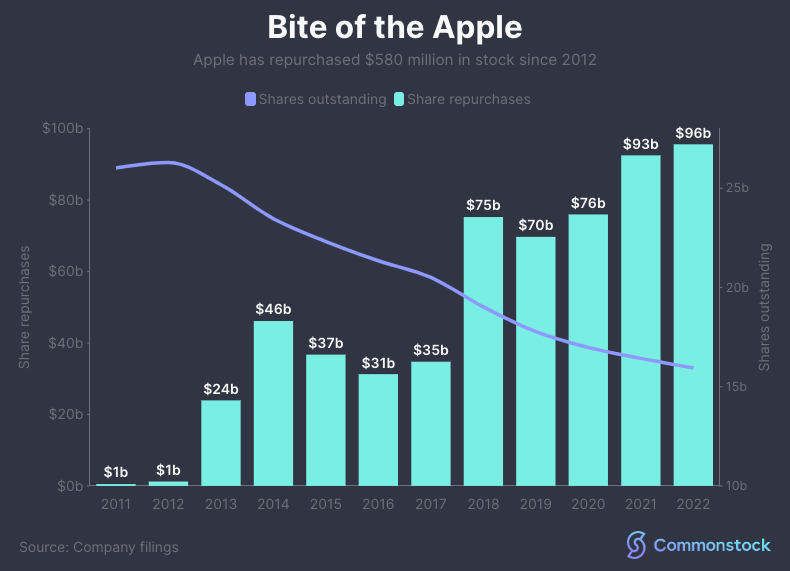In 1983, Warren Buffett wrote down 13 owner-related business principles outlining Berkshire Hathaway’s approach to investing and business management. These principles, which remain relevant today, provide a framework for making sound decisions that prioritize long-term shareholder value.
- Own a diversified group of businesses that generate cash and consistently earn above-average returns on capital.
This principle emphasizes the importance of diversification to reduce risk and the pursuit of businesses that can generate consistent and sustainable profits.
- Avoid management that is obsessed with meeting short-term earnings targets.
Buffett advocates for a long-term focus, prioritizing decisions that enhance the intrinsic value of the company over short-term financial gains.
- Avoid companies with bloated balance sheets and excessive debt.
Financial prudence is essential, and excessive debt can hinder a company’s flexibility and ability to withstand economic downturns.
- Seek managers who are passionate about their businesses and put shareholders’ interests first.
Effective management is crucial, and aligning the interests of management with those of shareholders ensures long-term value creation.
- Don’t make acquisitions to simply increase size or diversify into unrelated businesses.
Acquisitions should be driven by strategic opportunities that enhance the overall value of Berkshire Hathaway.
- Don’t overpay for businesses, even if they appear to be attractive.
Disciplined valuation is paramount, and acquiring businesses at inflated prices can erode shareholder value.
- Be patient and willing to wait for the right opportunities to arise.
Investing requires patience and discipline, and rushing into decisions can lead to suboptimal outcomes.
- Communicate openly and honestly with shareholders.
Transparency and clear communication foster trust and confidence among shareholders.
- Behave as partners, not masters, to your shareholders.
Berkshire Hathaway views shareholders as partners in its success, aligning its actions with their interests.
- Don’t let your emotions dictate your investment decisions.
Sound investment decisions are based on rational analysis, not emotional impulses.
- Remember that the stock market is a tool, not a gambling machine.
The stock market should be used as a means to acquire ownership in valuable businesses, not as a venue for speculative trading.
- Understand that stock prices can be irrational in the short term.
Market fluctuations can be unpredictable, and investors should focus on the long-term intrinsic value of businesses.
- Always strive to make decisions that will protect and enhance Berkshire Hathaway’s intrinsic value.
Every decision should be evaluated based on its impact on the company’s long-term value and its ability to deliver superior returns to shareholders.
These 13 owner-related business principles provide valuable insights into Warren Buffett’s investment philosophy and Berkshire Hathaway’s approach to business. By adhering to these principles, investors can make informed decisions that prioritize long-term value creation and sustainable financial success.
